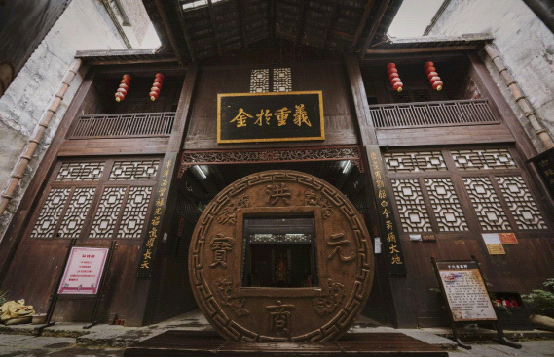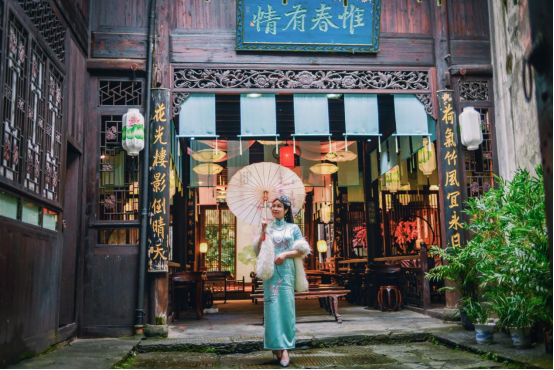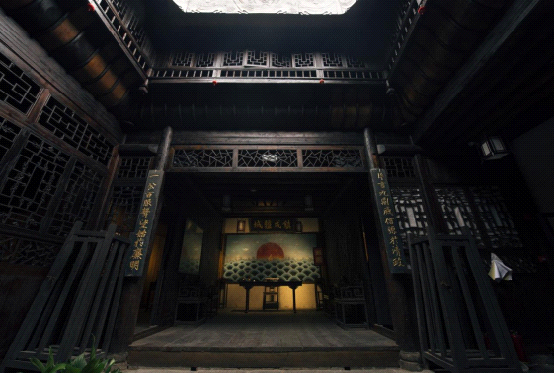Located in Hongjiang District of Huaihua City, Hunan Province, at the confluence of the Yuanshui River and Wushui River, Hongjiang Ancient Commercial Town originated in the Spring and Autumn Period (770-476 BC), took shape in the Tang Dynasty (618-907), and reached its peak in the Ming and Qing dynasties (1368-1911). It is one of the best-preserved architectural complexes in China with over 380 well-preserved ancient buildings from the Ming Dynasty, Qing Dynasty, and Republican period, including temples, armed escort agencies, theaters, ancient shrines, guild halls, money shops, cooking oil shops, opium dens, inns, trading houses and newspaper offices. It covers an area of 1.8 square kilometers, with a building area close to 300,000 square meters.
Famous for the distribution of tung oil, timber, white wax, and opium, Hongjiang Ancient Commercial Town served as a major hub for goods from the five provinces of Yunnan, Guizhou, Guangxi, Hunan, and Sichuan. It was the economic, cultural, and religious center of southwestern Hunan, earning nicknames such as “Pearl of Western Hunan”, “Little Nanjing”, and “Metropolis of the Southwest”.
Key National Cultural Relics Protection Unit
National 5A Tourist Attraction
Best-known
Ancient Commercial Town in China
Living
Fossil of China’s Early Capitalism
Textbook Example of China’s Early Market Economy
Sister Town to Lijiang, Pingyao, and Phoenix Ancient Town
(Translated by Yang Hong)

Archway of Hongjiang Ancient Commercial Town

The complex of ancient buildings

Tianjun Theater

Shengfeng Money Shop

Hefeng Yard

Xufulong Trading House

Zhongyi Armed
Escort Agency

Grassroots barrack in the Qing Dynasty
